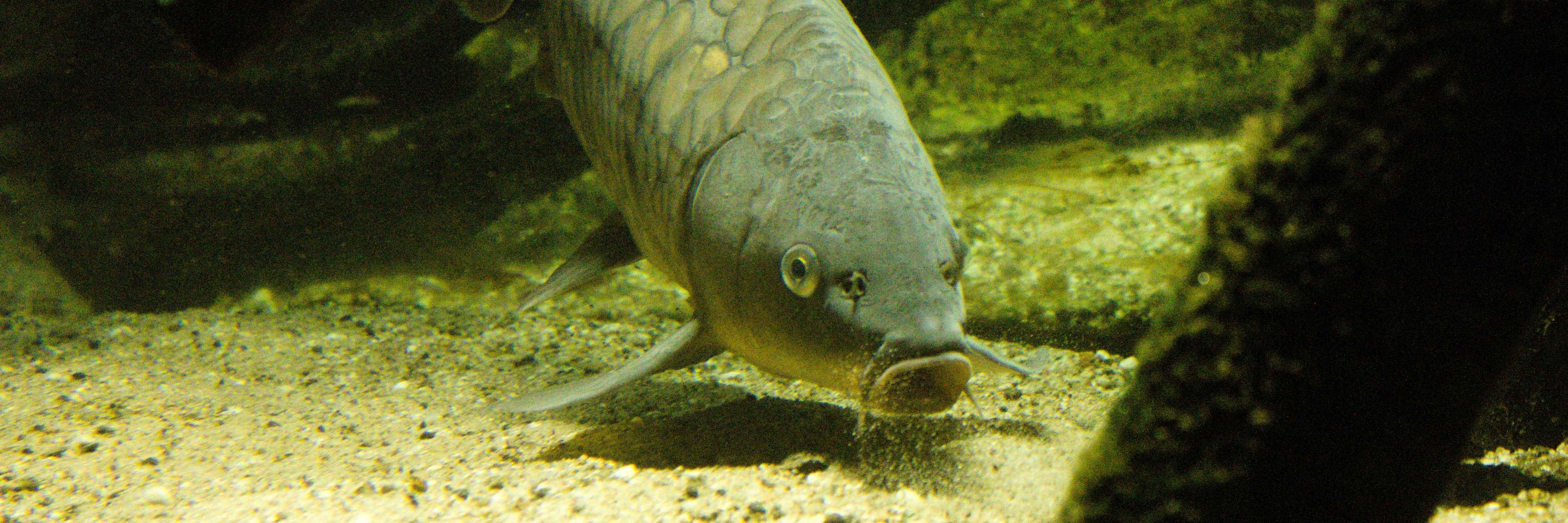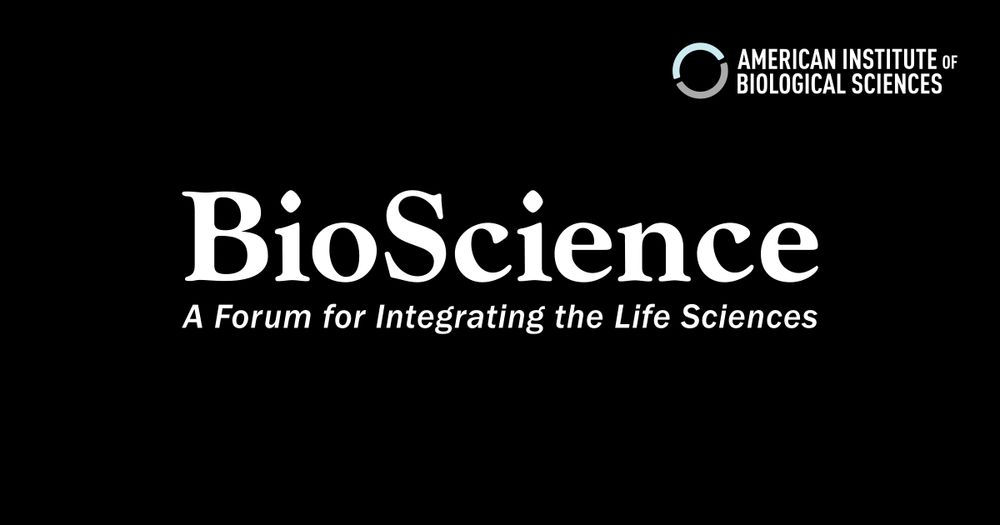
PhD in #AquaticEcology
Postdoc at #MNCN-CSIC
Freshwater & marine ecology | Fish | Biogeography | Biological invasions | Temporal series
📷 I post wildlife photos on IG: https://www.instagram.com/canobarbacil?igsh=bjl2c251bWpvczBk ..
more
PhD in #AquaticEcology
Postdoc at #MNCN-CSIC
Freshwater & marine ecology | Fish | Biogeography | Biological invasions | Temporal series
📷 I post wildlife photos on IG: https://www.instagram.com/canobarbacil?igsh=bjl2c251bWpvczBk

🐦How have coastal bird communities in Europe fared over the last seven decades?
🌍Our new study offer some encouraging insights
@globalchangebio.bsky.social @sgn.one
onlinelibrary.wiley.com/doi/10.1111/...
Reposted by Carlos Cano‐Barbacil



🔹 In the Western Mediterranean, gains occurred mainly between 1970–2000.
🔹 In the Baltic Sea, increases started around 1995—especially in wintering bird communities.

Reposted by Carlos Cano‐Barbacil
Our new article in #FE&E explores the constraints that limit ecological research and how we can mitigate them. 👇
esajournals.onlinelibrary.wiley.com/doi/10.1002/...

⬆️ Modest cultural and structural shifts can help ecological research better achieve societal, environmental, and personal goals.
Reposted by Emili García‐Berthou

1. Rethinking research evaluation
2️. Strengthening training & mentorship
3️. Reducing and recognizing administrative tasks
🚫 But internal barriers, perverse incentives, and administrative overload often limit what they can truly achieve.
Reposted by Ingolf Kühn, Emili García‐Berthou, Lotte Korell

Our new article in #FE&E explores the constraints that limit ecological research and how we can mitigate them. 👇
esajournals.onlinelibrary.wiley.com/doi/10.1002/...
Work hard, play hard: they really followed my motto!
Powerful publications on the way!


Work hard, play hard: they really followed my motto!
Powerful publications on the way!
Reposted by Carlos Cano‐Barbacil
@ecosistemas-aeet.bsky.social. Con miembros y colaboradores de la Red #InvaNET (RED2022-134338-T, RED2024-153581-T) (invasiber.org/InvaNET/) incluyendo...
Reposted by Emili García‐Berthou, Anthony Ricciardi, Carlos Cano‐Barbacil

Below our response.
doi.org/10.1093/bios...
Reposted by Carlos Cano‐Barbacil

Asian Loaches: An Emerging Threat as Global Invaders
#CiteTheDOI: ✅
#OpenAccess: ⭐️
https://doi.org/10.1111/fwb.70026


#PINT25ES #PINT25VMR

Happy to have contributed to this study, shedding light on the established non-native species in Germany and their potential impacts 🧪🌐🐟
#InvasiveSpecies #Biodiversity #Germany
enveurope.springeropen.com/articles/10....








Exciting news to wrap up the week! 🧪 Our latest study on the invasive potential of two popular Asian loaches in the pet trade is now published in #FreshwaterBiology! 🐟🌐
Check it out! 🔗 onlinelibrary.wiley.com/doi/full/10....
#SciFish @radingerj.bsky.social @sgn.one


